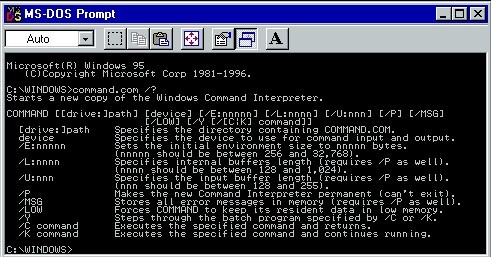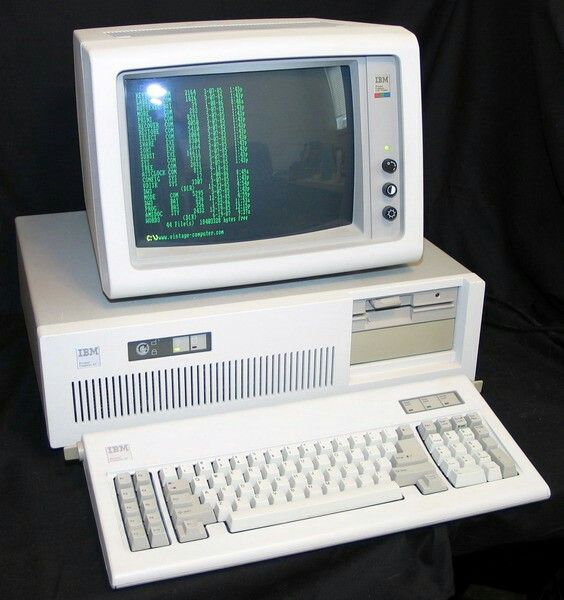Growing up I had never touched a computer as a kid. I mean, the first real home computers didn’t come out until 1977 and the IBM PC clones were first seen around 1984. When I was in college, no one really had computers, except a couple of leading edge professors. When I went back to grad school full time in 1992, I was stunned to find out that the school library no longer had drawers of index cards for looking up books. Instead, everything was on a computer, and I couldn’t figure out how to use it. That didn’t last long. I bought by first computer that year, a Xerox 286 machine with a 20 megabyte hard drive. My mom let me have her DOS manual, and I learned just about everything I could about that operating system. I mastered the 286 and DOS!!
A short time later, and I was buying the “Computer Shopper” magazine every month, and I started building computers for myself and anyone else who would pay me. I did it at zero profit. I just loved putting them together. It was like a 3-D puzzle.
I was never satisfied with the performance of that first computer, and read in Computer Shopper about a new operating system called Linux that was going to revolutionize the computing world because it could take advantage of extended memory in a way that DOS couldn’t. Well, I was never able to load Linux on that old 286 based computer, and I sold it for and endless series of newer computers that I built from parts sourced from dumpster diving, at computer fairs (remember those??!!), from Computer Shopper, good ol’ Comp-USA (gone the way of the dinosaur), as well as hand-me-downs from wherever.
Over the next 20 years, I got fairly involved in using Linux as a desktop replacement for Windows. Oh I had experience with Windows (and O/S 2 as well!) through my first work computers. But at home, I always either just ran Linux or I ran Windows and Linux in a “dual boot” configuration. I never learned how to program, but I was pretty good with working with operating systems from the command line (i.e., a non-graphical, terminal type of interface). If you have ever seen anything like this before, then you know what I mean.

It turns out that if you work in the world of the Home Lab with servers, and other hardware, it really helps to be comfortable working from the command line. In fact, I would say it is a requirement to be able to do at least some work from the command line.
Besides learning how to operate in the command line environment I also learned a lot about how computers work: the BIOS (basic input/output system, essentially the way you configure your motherboard or other hardware in the computer), boot loaders, how to partition and format disks, how to shrink or enlarge partitions, how to put various pieces of hardware together and to even build my own computers. All of this is really fundamental to doing anything else in a home lab, although I never knew it at the time. This really set the stage for the next step in my home lab evolution.
